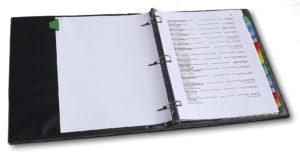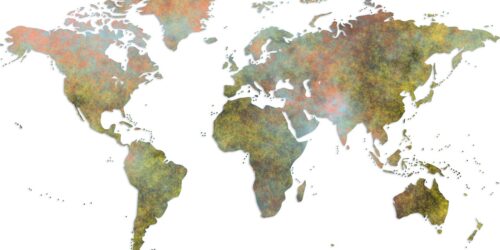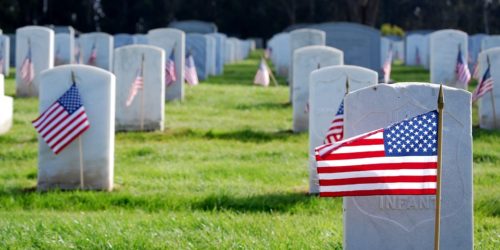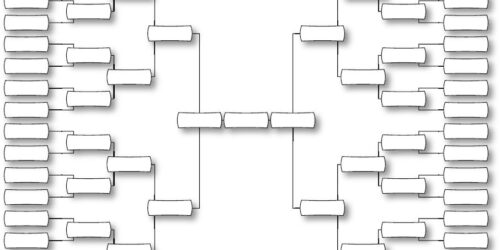Inside the Guide: Organizing Your Research
Doing family history research can sometimes be like turning on a fire hose, as a flood of information comes pouring in to your room. Some of it is essential, and some is nice-to-know, but anything thing worth keeping is worth organizing so you can find it quickly in the future. This article provides a few tips on organizing your research, using The Family History Guide for suggestions and best practices.
Research Binders and To-Do Lists
A research “binder” can be a physical book with pages, dividers, pockets, and tabs – or it can be a digital  filing system or documents on a computer or mobile device. You can preserve research materials via scans and photos, and a document or web browser with links to important websites can be very useful. Either way—physical, digital, or both—you’ll probably want to organize your research material by the surnames of persons you are researching, or the locations where they lived.
filing system or documents on a computer or mobile device. You can preserve research materials via scans and photos, and a document or web browser with links to important websites can be very useful. Either way—physical, digital, or both—you’ll probably want to organize your research material by the surnames of persons you are researching, or the locations where they lived.
“To-do lists” can keep you on track with the tasks you need to complete. These lists go beyond the level of detail in the Tracker sheets for The Family History Guide, as they are more focused on the specific research you are doing. For tips on using to-do lists effectively, watch this Ancestry video (20:00)
Organization Tips
Have you ever felt like the person in the picture at the right? Then a few handy organizational tips might be in  order.
order.
Here’s an article from FamilySearch to help you get started. It covers online family trees, record management software, research logs, transcripts, timelines, and filing systems.
For a more in-depth view of organization best practices for genealogy, check out this BYU Webinar by Dr. James Tanner.
Notes and Logs
Taking accurate notes and keeping research logs can help you avoid retracing your steps, as well as give you a clearer picture of what needs to be done going forward.
Here are a few resources we recommend:
- Research Logs (BYU video)
- Research Logs (FamilySearch article)
- Write it Down (Ancestry video)
The Vault
Don’t forget that there is a wealth of additional information about research organization in the Vault of The Family History Guide. Here’s a sample of what you can find there:
- Organizing those Documents and Photos
- 8 Habits of Highly Organized Genealogists
- Organize Your Digital Genealogy Files
- How to Organize Your Genealogy Files
Pre-printed Charts
There are a number of free, pre-printed charts you can download to assist you with research and note-taking tasks. You can find a great collection of them in Choice E in Project 4: Goal 1 of The Family History Guide. There are also free charts designed for kids in the Kids Corner page.
Why re-create the wheel? Print handy forms and charts that will help you with your research goals.





